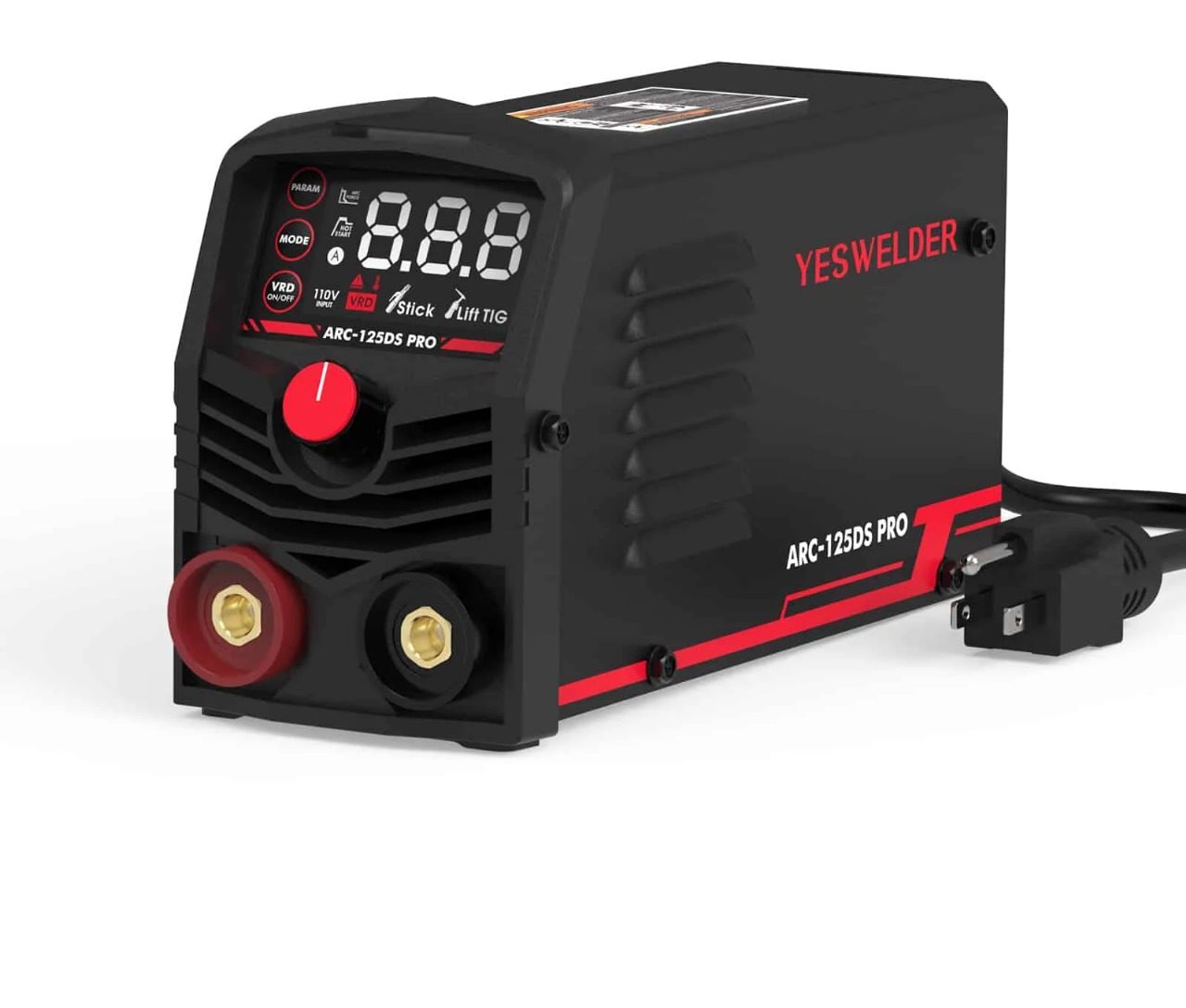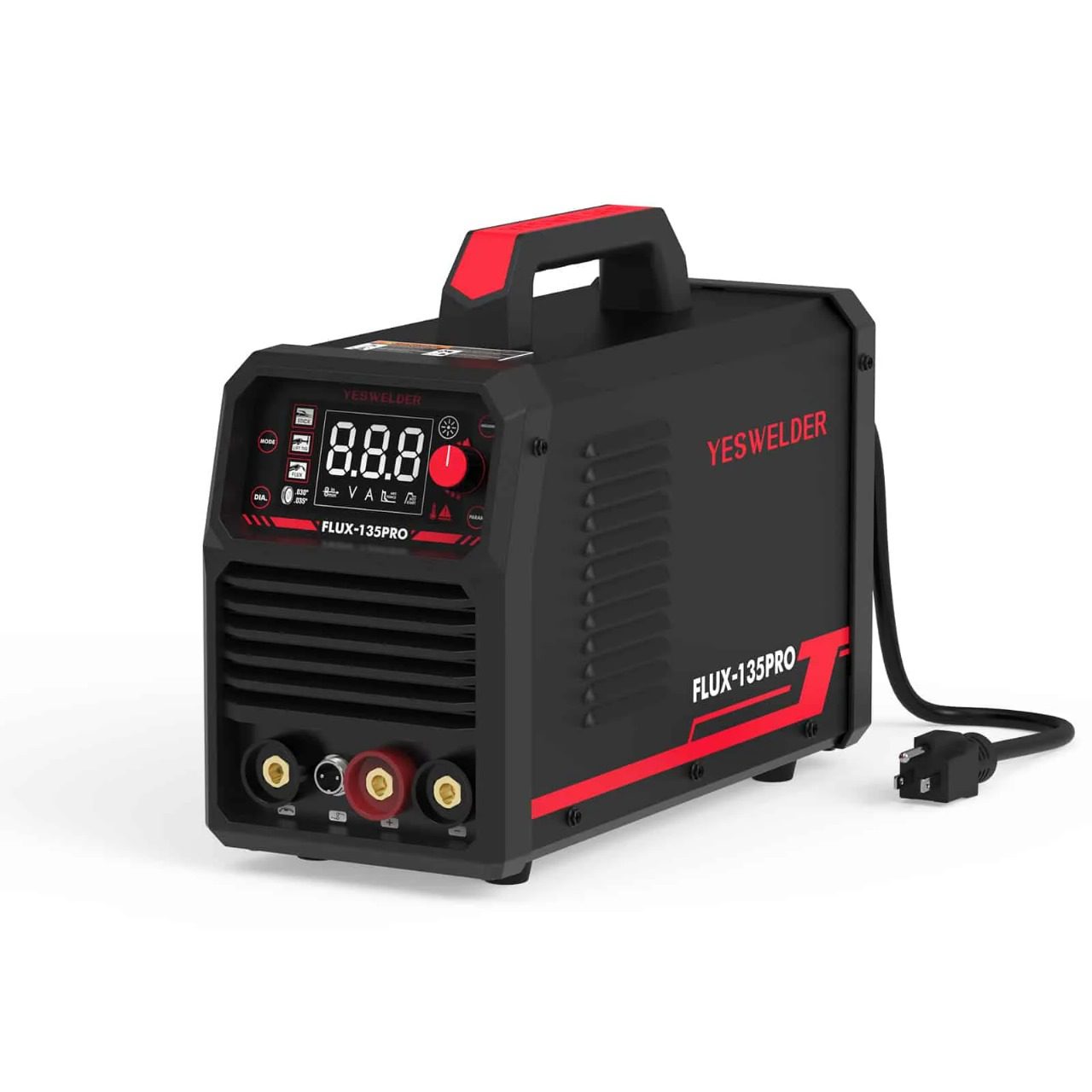Introduction
When it comes to metalwork, choosing the right welding method can make a huge difference in the quality of your projects. Many workshop owners find themselves comparing a Mig welding machine with Stick welding equipment to see which suits their needs better. Both methods have been trusted for decades, but each has its own strengths and weaknesses depending on the type of work you do.
Understanding the difference between these two welding styles can help you save time, reduce material waste, and improve the finish of your welds. In this article, we’ll explore what sets Mig and Stick welding apart, how each one works, and which option is best for your workshop setup.
Understanding Mig Welding Machine
A Mig welding machine (Metal Inert Gas welding) is known for its speed and precision. It uses a continuous wire feed that acts as both the electrode and the filler material. The machine releases a shielding gas to protect the weld from contamination, which results in clean, smooth, and professional-looking welds. This makes Mig welding ideal for thin metals like stainless steel and aluminum.
Mig welding is also easy to learn, even for beginners. Since the wire feed and arc are automatic, it allows you to focus on moving the torch steadily rather than constantly changing rods or managing slag. This simplicity makes Mig welding perfect for automotive repairs, metal furniture, and general fabrication work.
Understanding Stick Welding Equipment
Stick welding equipment, also known as Shielded Metal Arc Welding (SMAW), is one of the oldest and most reliable methods of joining metals. It uses a consumable electrode coated in flux, which melts to create a gas shield that protects the weld from impurities. This process is especially popular for heavy-duty jobs and outdoor welding.
Unlike Mig welding, Stick welding doesn’t need an external gas supply, which makes it easier to use in windy or remote environments. It’s widely used in construction, shipbuilding, and pipeline work because of its ability to weld thicker materials and perform well even on rusty or dirty surfaces.
Ease of Use and Skill Level
When it comes to learning curve and ease of use, the Mig welding machine usually wins. Its automatic wire feed and consistent arc make welding smoother and easier to control. Beginners often find it simpler to start with Mig because they can focus more on positioning and less on adjusting the equipment.
However, mastering Stick welding equipment can take more practice. The welder needs to control both the arc length and electrode angle manually. Still, once you gain experience, Stick welding offers excellent versatility and control for various types of metalwork, especially in challenging conditions.
Portability and Power Requirements
If you often move around your workspace or work outdoors, Stick welding equipment might be more convenient. Stick welders are usually lightweight, portable, and don’t require a separate gas cylinder. This makes them a good option for mobile repair jobs and construction sites.
On the other hand, Mig welding machines tend to be heavier and less portable due to the gas tank and wire feed system. They require a stable power source and a controlled environment. That said, many modern Mig welders now come in compact designs, making them easier to transport for small workshops or home garages.
Material Thickness and Applications

Mig welding machines are great for thinner materials like sheet metal, aluminum, and stainless steel. Their precise arc control helps prevent burn-through and ensures clean, smooth welds that require little post-cleaning. Mig is often used in auto body shops, furniture making, and home repairs.
Stick welding equipment, however, shines when it comes to thicker materials. It delivers deep penetration, allowing strong welds on heavy steel structures, pipelines, and machinery. This makes it the go-to choice for industrial and construction applications where strength and durability are more important than appearance.
Cost and Maintenance
When setting up your workshop, cost is an important factor. A Stick welding setup is usually cheaper to buy and maintain. The electrodes are affordable and widely available, and the machine itself has fewer parts that can wear out. This makes Stick welding an excellent option for those on a tight budget.
A Mig welding machine typically costs more upfront, especially with the additional expense of gas cylinders and wire spools. However, its efficiency and cleaner results can save time and money in the long run, especially for projects that require precision and a polished finish.
Conclusion
Deciding between a Mig welding machine and Stick welding equipment depends on your specific workshop needs. If you want clean welds, speed, and ease of use, Mig welding is the better choice. It’s perfect for beginners and professionals who work with lighter metals and need smooth, detailed results.
If you work with heavy metals or need a portable setup for outdoor or rough environments, Stick welding is your best bet. It’s strong, dependable, and effective in all kinds of conditions. Both welding methods have their advantages, and having both in your workshop gives you the flexibility to tackle any welding challenge with confidence.






























